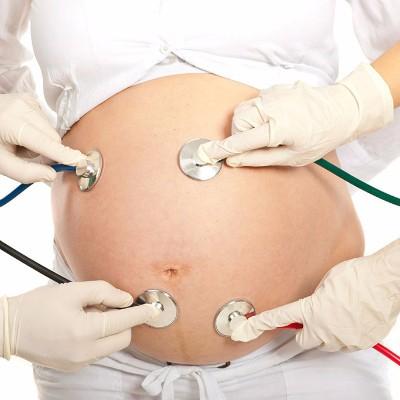What is late postpartum hemorrhage
summary
It's very important for a family to have a baby of their own, but it's good to have both mother and child when giving birth. Many pregnant women will have late postpartum hemorrhage. Let's share some knowledge about late postpartum hemorrhage.
What is late postpartum hemorrhage
First, late postpartum hemorrhage refers to 24 hours after delivery, a large number of uterine bleeding occurred in the puerperium, the amount of bleeding is more than 500 ml. The most common one to two weeks postpartum onset, but also late to six weeks postpartum onset. Also known as postpartum hemorrhage.

The incidence rate of late postpartum hemorrhage is closely related to the level of antenatal care and obstetric quality. Now many people have children by caesarean section, many people will have late postpartum hemorrhage, the best way to have a baby is natural delivery.

Finally, the third stage of labor is not handled properly, and the placenta is pulled out prematurely. If there is a large piece of placenta defect or accessory placenta remaining in the uterine cavity and can not be found in time, the residual placenta tissue will be denatured, necrotic, organized, and form placental polyps. When the necrosis and abscission, the basal blood vessel ruptured and bleeding. The clinical manifestations are often prolonged red lochia, repeated bleeding, or even sudden massive bleeding, hemorrhagic shock, which usually occurs about 10 days after delivery. Gynecological examination found that uterine involution is not complete, uterine orifice relaxation, sometimes visible residual tissue blocking uterine orifice, patients can be accompanied by fever.

matters needing attention
Late postpartum hemorrhage should pay attention to bed rest, do not eat some stimulating food, to supplement nutrition, postpartum hemorrhage diet can eat more chicken, lean pork, eggs, milk and beans, beans products.

















